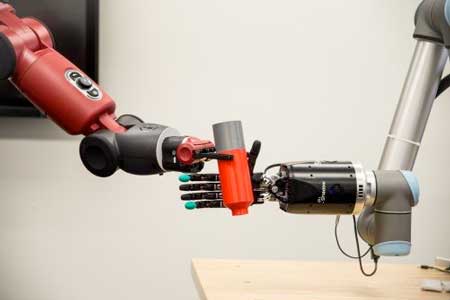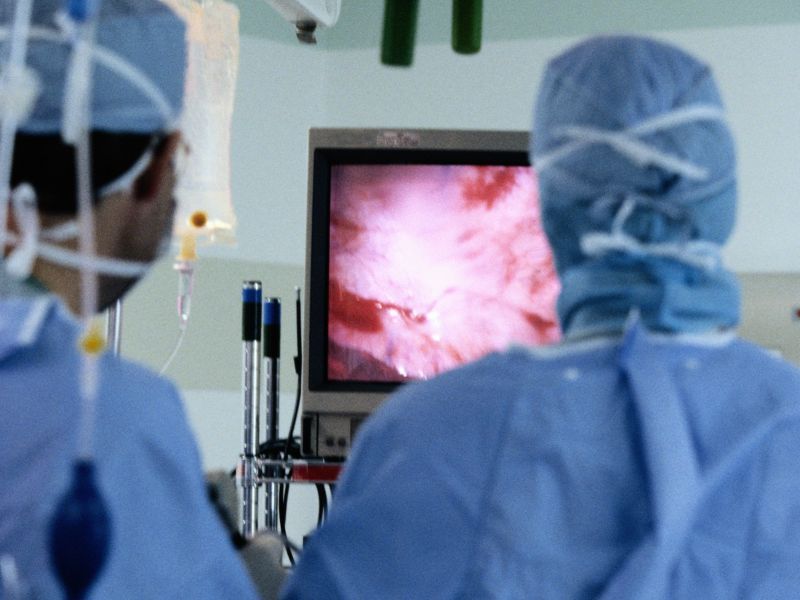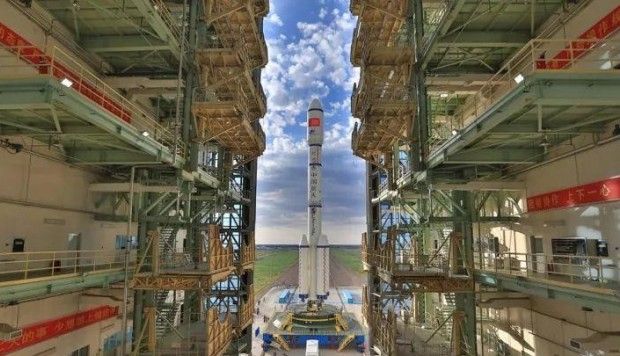Let me start with two brief stories about social change. The first concerns changing laws and values about relationships. Only in 1967—in the aptly named case of Loving v. Virginia—did the United States Supreme Court recognize that laws prohibiting interracial marriage violated the United States Constitution. Nineteen years before, in 1948, the Supreme Court of California decided that such restrictions were unlawful. The California Supreme Court’s decision finding a constitutional right to same-sex marriage also predated the federal decision, and reflected how, to channel William Gibson, th…
The sense of touch is often taken for granted. For someone without a limb or hand, losing that sense of touch can be devastating. While highly sophisticated prostheses with complex moving fingers and joints are available to mimic almost every hand motion, they remain frustratingly difficult and unnatural for the user. This is largely because they lack the tactile experience that guides every movement. This void in sensation results in limited use or abandonment of these very expensive artificial devices. So why not make a prosthesis that can actually feel its environment?
That is exactly what an interdisciplinary team of scientists from Florida Atlantic University and the University of Utah School of Medicine aims to do. They are developing a first-of-its-kind bioengineered robotic hand that will grow and adapt to its environment. This living robot will have its own peripheral nervous system directly linking robotic sensors and actuators. FAUs College of Engineering and Computer Science is leading the multidisciplinary team that has received a four-year, $1.3 million grant from the National Institute of Biomedical Imaging and Bioengineering of the National Institutes of Health for a project titled Virtual Neuroprosthesis: Restoring Autonomy to People Suffering from Neurotrauma.
Interesting article about the longevity work of my friend James Clement in The New York Times: https://nyti.ms/2hw8W32 #transhumanism
James Clement has scoured the globe for supercentenarians, aged 110 and older, willing to contribute their genomes to a rare scientific cache.
It’s all a question of money. We should come up with enough money for funding this so that we can clone a perfect genetic match of every organ in the body by 2025. It will solve the organ shortage issue, and nip the illegal black market organ industry in the bud.
The FDA said it is looking into “regenerative medicine.”
Today, we take a look at three key emerging technologies that might add extra healthy years to your life by addressing the aging processes directly to prevent or delay age-related diseases.
Senolytics – Removing aged dysfunctional cells to promote tissue regeneration
As we age, increasing amounts of our cells enter into a state known as senescence. Normally, these cells destroy themselves by a self-destruct process known as apoptosis and are disposed of by the immune system. Unfortunately, as we age, increasing numbers of these cells evade apoptosis and linger in the body.









